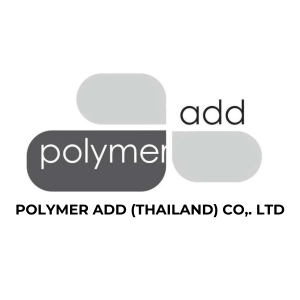Benefits of Micronisation in Agrochemicals
Micronization can be beneficial for various agrochemicals, particularly those that require improved dispersion, solubility, or efficacy. Here are some examples of agrochemicals that may benefit from micronization: Pesticides Certain pesticides, including insecticides, herbicides, and fungicides, may benefit from micronization to improve their dispersion and efficacy. Micronizing these chemicals can increase their surface area, leading to […]
Adhesion Promoters in Polymers
Adhesion promoters are compounds added to polymer formulations to enhance the adhesion between different materials or between the polymer and a substrate. Here are some commonly used adhesion promoters in polymers Benefits of Adhesion Promoters Improved Bond Strength Compatibility Enhancement Surface Activation Prevention of Delamination Corrosion Protection Enhanced Performance Processability Cost Reduction Silane Coupling Agents […]
Common Components of Masterbatch
In masterbatch formulations, dispersants, compatibilizers, and processing aids are commonly used to improve dispersion of additives and overall performance of the masterbatch. Here are some typical additives in each category: Dispersants Surfactants Surfactants are compounds that can reduce surface tension and improve wetting of particles in the polymer matrix. They help disperse additives such as […]
Selection of Filler Additives for Polymers
Physical Properties Enhancement Fillers are often chosen to improve specific physical properties of polymers, such as strength, stiffness, toughness, abrasion resistance, thermal conductivity, and dimensional stability. For example, reinforcing fillers like carbon black or silica are added to improve mechanical properties. Cost-Effectiveness Cost is a significant factor in selecting filler additives. Fillers are often cheaper […]
The Compatibility of Additives with a Polymer Matrix
The compatibility of additives with a polymer matrix is a critical consideration in designing composite materials. Compatibility refers to the ability of the additive to disperse uniformly within the polymer matrix without causing phase separation or other undesirable effects. Here are some key points regarding compatibility: Chemical Affinity Additives that have a similar chemical structure […]
Solid Plasticizers for Hot Melt Adhesives
Solid plasticizers for hot melt adhesives offer advantages such as reduced volatility, improved handling, and easier storage compared to liquid plasticizers. Solid plasticizers typically consist of higher molecular weight materials, such as waxes or polymeric additives, that contribute to the desired properties of the adhesive, such as flexibility, tackiness, and thermal stability. Polyethylene Wax (PE […]
List of Saturated Fatty Acids
Common Name Systematic Name Structural Formula Lipid Numbers Propionic acid Propanoic acid CH3CH2COOH C3:0 Butyric acid Butanoic acid CH3(CH2)2COOH C4:0 Valeric acid Pentanoic acid CH3(CH2)3COOH C5:0 Caproic acid Hexanoic acid CH3(CH2)4COOH C6:0 Enanthic acid Heptanoic acid CH3(CH2)5COOH C7:0 Caprylic acid Octanoic acid CH3(CH2)6COOH C8:0 Pelargonic acid Nonanoic acid CH3(CH2)7COOH C9:0 Capric acid Decanoic acid CH3(CH2)8COOH […]
Relation Between Refractive Index and Transparency
The refractive index of a material is a measure of how much light slows down as it passes through the material compared to its speed in a vacuum. It directly affects the transparency of the material, particularly at interfaces between materials with different refractive indices. In general, a higher refractive index tends to result in […]
Micronized Fertilizers
Micronization of fertilizers can enhance their solubility, dispersibility, and effectiveness in supplying essential nutrients to plants. While not all fertilizers are micronized, there are several commercially available micronized fertilizers. Some common examples include: Micronized Urea Urea is a widely used nitrogen fertilizer and micronizing it can improve its solubility and effectiveness in supplying nitrogen to […]
Micronized Chemicals for treatment of Seeds
Micronized chemicals used for seed treatment offer advantages such as improved dispersibility, adhesion, and efficacy. While not all seed treatment chemicals are micronized, several commonly used chemicals may undergo micronization for enhanced performance. Here are some examples FUNGICIDES Thiram is a broad-spectrum fungicide used to control seed and soil-borne diseases. Micronized thiram formulations can provide […]
